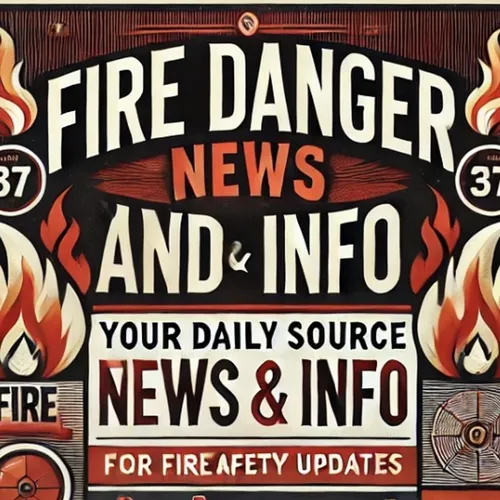Escalating Wildfire Threats Grip the U.S. as Record Heat and Dryness Intensify Danger
- Author
- Quiet. Please
- Published
- Wed 23 Jul 2025
- Episode Link
- https://www.spreaker.com/episode/escalating-wildfire-threats-grip-the-u-s-as-record-heat-and-dryness-intensify-danger--67090324
Across the United States, fire danger has escalated sharply in recent days, with several regions experiencing urgent wildfire threats driven by extreme heat and prolonged dryness. In the Pacific Northwest, persistent hot and dry weather has led to increased public use restrictions and has pushed fire danger levels to high or very high across many national forests. The United States Forest Service is urging the public to exercise extra caution, particularly with recreational activities, to prevent human-caused fires. These restrictions include reconsidering the necessity of campfires even where they are still allowed, and remaining up to date with rapidly changing local conditions and evacuation protocols.
Oregon is one of the hardest-hit states. According to regional authorities, Governor Tina Kotek recently declared a state of emergency effective through the end of the year due to the imminent wildfire threat. The declaration comes after a season marked by six state conflagration declarations and two federal fire management assistance grants, which have led to multiple community evacuations and significant damage to structures and infrastructure. Governor Kotek has directed all state agencies, including the National Guard, to prioritize fire response, support local communities, and help manage evacuations and resource coordination as forecasts show continued hot and dry weather.
In Washington State, the National Weather Service issued a Red Flag Warning for parts of Snohomish County due to the ongoing high fire danger. As a result, all outdoor fires, including recreational ones, are now banned, and the county’s burn ban, in force since the start of July, will remain until sufficient rainfall occurs. Hot, dry, and unstable atmospheric conditions continue to increase the risk for rapid fire spread, exacerbating concerns heading into the peak of fire season.
Southern California is also tightening fire safety measures. Riverside County Fire Department has suspended open residential burning due to rising temperatures and rapidly drying vegetation. Several hazardous hiking areas have been closed to the public, and there is heightened emphasis on preparing defensible spaces around homes and providing accessible cooling centers for residents vulnerable to extreme heat. Residents are being asked to routinely check their evacuation zones and sign up for alerts so they can respond quickly if conditions worsen.
Recent incident updates from the Sierra National Forest describe difficult containment efforts for the Max Fire in California’s Central Valley, where steep terrain and triple-digit temperatures have made firefighting hazardous and restricted the use of bulldozers. Crews have managed to keep fire spread minimal through a combination of aggressive ground tactics and aerial support, though the operation remains challenging.
These events point to an emerging pattern: the combination of record heat, low humidity, and dry vegetation is pushing several parts of the United States into heightened states of fire danger much earlier and more aggressively than in previous years. Fire officials across affected states emphasize the need for preparation, vigilance, and public compliance as the peak of wildfire season approaches. Internationally, while major events have not dominated headlines this week, several Mediterranean nations are on alert as similar weather patterns threaten to elevate wildfire risks in Southern Europe over the coming days.
Some great Deals https://amzn.to/49SJ3Qs
For more check out http://www.quietplease.ai
